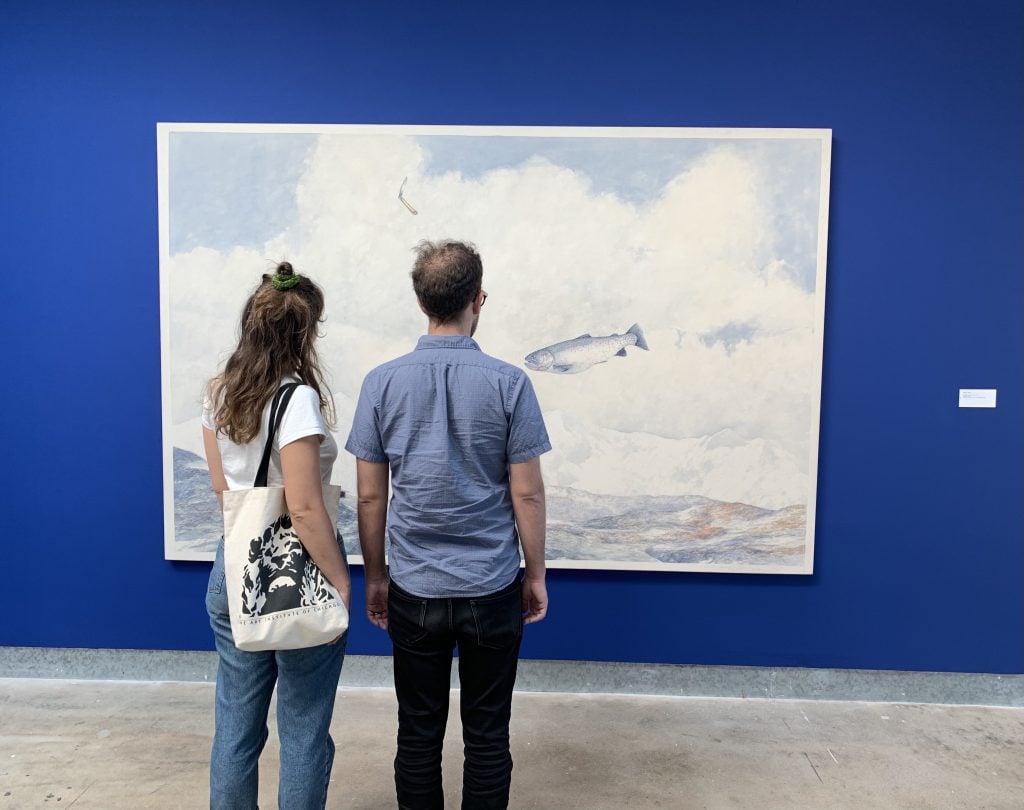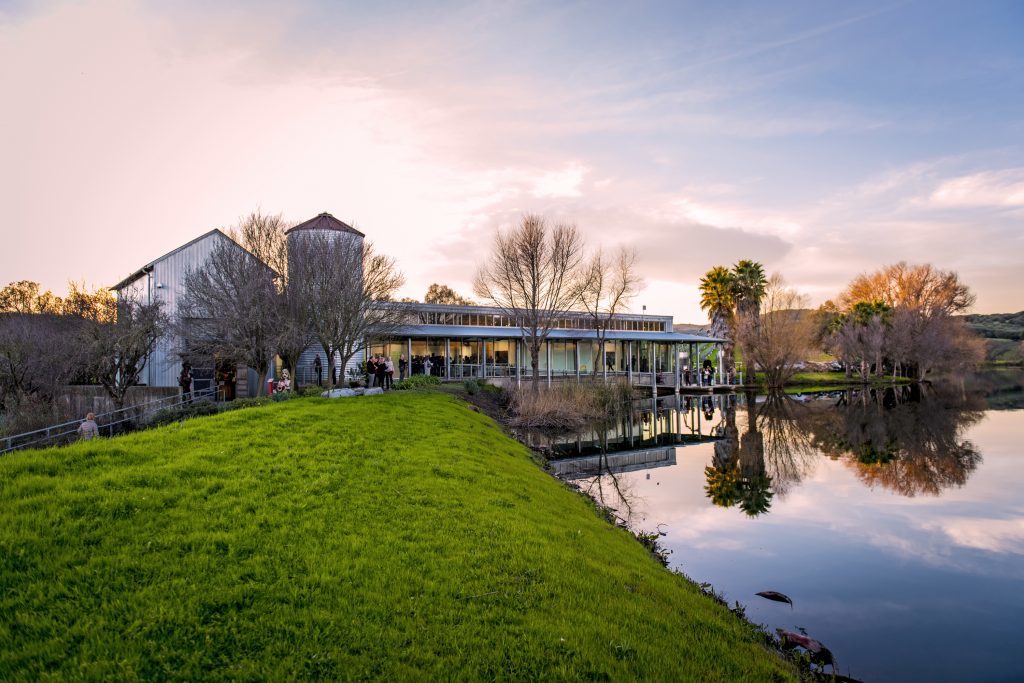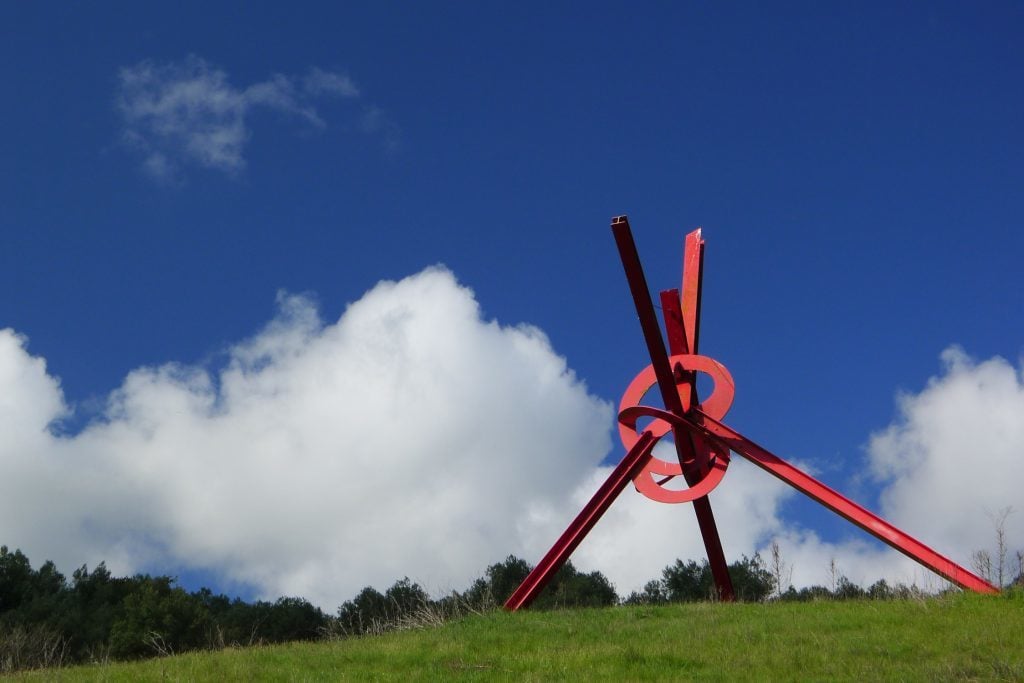Museums & Institutions
After a Wave of Protest Against Its Deaccessioning Scheme, the di Rosa Center for Contemporary Art Has Halted Its Plans
The museum has cut staff and launched an art summer camp to save and raise urgently needed funds.

The museum has cut staff and launched an art summer camp to save and raise urgently needed funds.

Sarah Cascone

Two years ago, the Di Rosa Center for Contemporary Art in Napa, California, announced plans to sell off the bulk of its 1,700-piece collection of Postwar art to help make ends meet.
That sparked a protest, with 125 artists and art professionals signing a letter calling on the center to keep intact what is perhaps the world’s most significant holding of Northern Californian art.
“The letter made an impact,” Kate Eilertsen, di Rosa’s executive director since August, told Artnet News. “We felt we needed to respect that voice from the art world and really celebrate that collection.”
Now the organization is promising “a renewed commitment” to the art purchased by founders Rene and Veronica di Rosa, and says it will find alternative solutions to its monetary woes, including reducing full-time staff from 20 workers to 12.

The di Rosa Center for Contemporary Art in Napa, California. Photo courtesy of the di Rosa Center for Contemporary Art.
“We now believe the organization can meet its goal of financial sustainability through a mix of fiscal responsibility, an increased donor base, and the best and most strategic uses of the collection,” Linda Fine, the board of directors’ co-chair, said in a statement.
“We’ve only sold 15 pieces and I don’t think we are going to sell many more at all,” Eilertsen said. “We’re moving very carefully and slowly to keep important works that tell the story of Northern California art.”
Originally, the museum planned to sell some of its best-known works, such as Mark di Suvero’s For Veronica (1987), a 30-foot-tall, 9,000 pound bright red sculpture named in memory of Veronica di Rosa.
“Donors were so mad that they withdrew their support,” Eilertsen said.
The monumental piece was moved earlier this year to a more prominent location at the front of the art center grounds.

Mark di Suvero’s For Veronica (1987) at the di Rosa Center for Contemporary Art in Napa, California. Photo by Faith Echtermeyer, courtesy of the di Rosa Collection Center for Contemporary Art in Napa, California.
After the outcry—Di Suvero himself was among the letter’s signatories—the museum decided to limit sales to artists who were overly represented in the collection, and sought to sell objects to another museum.
The costs associated with taking care of the collection were the main reasons the institution had turned toward deaccessioning in the first place.
“We wish that when Rene established the foundation, that he had also provided enough funding to endow the di Rosa in perpetuity,” Eilertsen’s predecessor, Robert Sain, wrote in a letter.
“Unfortunately, the simple reality is that the organization was never set up with sufficient funds to properly care for the collection.”
“What we need to do is figure out the few objects that we can deaccession so we can afford to take care of everything—1,700 objects, that’s a lot to store and care for and conserve,” Eilertsen added.

Roy De Forest, The Inner Life (1973), one of many works by the artist in the collection at the the di Rosa Center for Contemporary Art in Napa, California. Photo by Johnna Arnold, courtesy of the di Rosa Center for Contemporary Art in Napa, California.
Among the pieces sold to date is a work Roy de Forest, whose widow, Gloria Marchant, voiced her support for the move in a 2019 letter.
“There are many works of Roy’s in this collection, but not often on display,” she wrote. “If some were sold to help continue the di Rosa, it would be like Roy giving back the generosity and support Rene gave him.”
Eilertsen is also looking to alternative sources of income.
“This summer we have an art and nature camp for kids. We’re expanding our event rentals, since we have such beautiful spots for weddings and corporate rentals,” Eilertsen said.
“It’s not going to turn around over night, but we’re running a smaller deficit this year, and it’s going to get better every year,” she added.